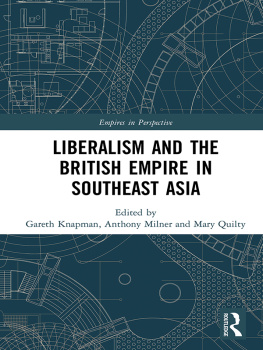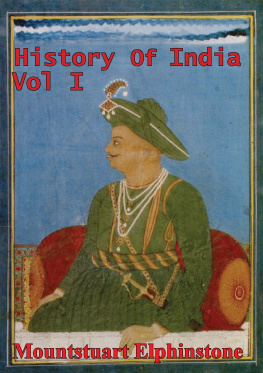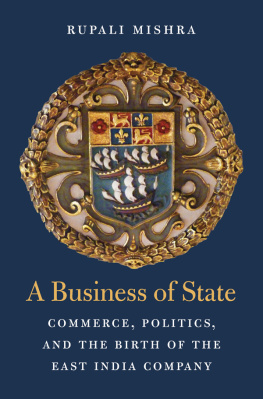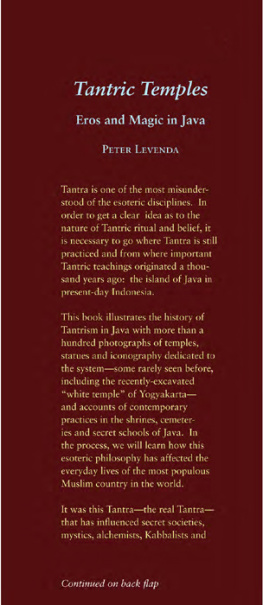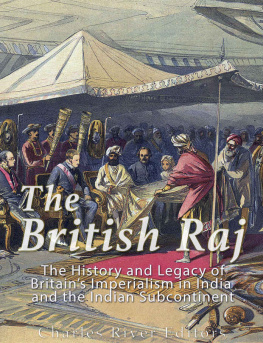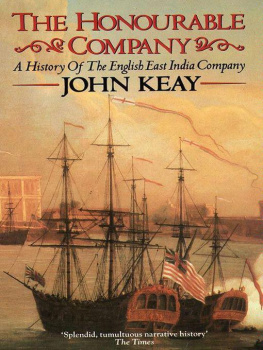Published 1967 by Routledge
First edition 1820
New impression 1967
2 Park Square, Milton Park, Abingdon, Oxon 0X14 4RN
52 Vanderbilt Avenue, New York, NY 10017
Routledge is an imprint of the Taylor & Francis Group, an informa business
First issued in paperback 2018
All rights reserved. No part of this book may be reprinted or reproduced or
utilised in any form or by any electronic, mechanical, or
other means, now known or hereafter invented, including photocopying
and recording, or in any information storage or retrieval system,
without permission in writing from the publishers.
Notice:
Product or corporate names may be trademarks or registered
trademarks, and are used only for identification and explanation
without intent to infringe.
ISBN 13: 978-0-7146-1157-0 (set)
ISBN 13: 978-1-138-99418-8 (pbk) (vol I)
ISBN 13: 978-0-415-42714-2 (hbk) (vol I)
Publishers Note
The publisher has gone to great lengths to ensure the quality of this
reprint but points out that some imperfections in the original may be apparent
HISTORY
OF THE
INDIAN ARCHIPELAGO.
CONTAINING AN ACCOUNT
OF THE
MANNERS, ARTS, LANGUAGES, RELIGIONS, INSTITUTIONS,
AND COMMERCE OF ITS INHABITANTS
BY
JOHN CRAWFURD, F. R. S.
LATE BRITISE RESIDENT AT THE COURT OF
THE SULTAN OF JAVA.
WITH MAPS AND ENGRAVINGS.
IN THREE VOLUMES.
VOL. I.
EDINBURGH:
PRINTED FOR ARCHIBALD CONSTABLE AND CO. EDINBURGH;
AND HUBST BOBINSON, AND CO. CHEATS IDE, LONDON.
1820.
ADVERTISEMENT
T he materials of the following work were collected by the writer, during a residence of nine years in the countries of which it professes to give an account In the year 1808, he was nominated to the Medical Staff of Prince of Wales Island, and, during a stay of three years at that station, acquired such a knowledge of the language and manners of the native tribes, as induced his distinguished patron, the late Earl of M into , to employ him on the public service, in the expedition which conquered Java in 1811. During a residence in that island of nearly six years, he had the honour to fill some of the principal civil and political offices of the local government, and thus enjoyed opportunities of acquiring information regarding the country and its inhabitants, which no British subject is again likely, for a long time, to possess. A political mission to Bali and Celebes, and much intercourse with the tribes and nations frequenting Java for commercial purposes, make up the amount of his personal experience.
The sketches of Antiquities were executed chiefly by a Native of Java, and they have at least the merit of being drawn with minute fidelity. The Map was compiled and engraved, with great care, by Mr J OHN W alker of the Admiralty, and the Author hopes he does no more than justice to that gentleman, when he says, that it is the completest yet submitted to the public. In the Appendix to the Third Volume a brief explanation is given of the nature of the materials from which it has been drawn.
E DINBURGH , March 1820.
T hat great region of the globe, which European geographers have distinguished by the name of the Indian Archipelago, became well known to the more civilized portion of mankind, and was first frequented by them much about the sometime that they discovered and knew America. From time almost immemorial, Europe had, indeed, been supplied, in the course of a circuitous and intricate commerce, with some of its rarest productions, but the very name of the country of those productions was unknown ; and, in regard to all knowledge not merely speculative or curious, our discovery of the Indian Archipelago is a transaction of history as recent as that of America. The Indian Archipelago, at the moment of the discovery of both, may be advantageously compared even with the New World itself, to which, in fact, its moral and physical state bore a closer resemblance than any other portion of the globe. It was greatly inferior to it in extent, but in the singularity, utility, variety, and extent of its animal and vegetable productions, and in the civilization and number of its inhabitants, it was greatly superior.
To prepare the reader for the details which are to be furnished in the course of the following work, respecting this interesting and important subdivision of the globe, I shall in this short introduction lay before him a rapid sketch of the geographical, physical, and moral features of the country.
The Indian Archipelago, whether from number or extent of particular islands, is by far the greatest group of islands on the globe. Its length embraces forty degrees of longitude close to the line, namely, from the western extremity of the island of Sumatra, to the parallel of the Araoe islands, not including in this estimate the greater portion of the immense island of New Guinea, and its breadth thirty degrees of latitude, from the parallel of 11 south to 19 north, thus comprehending, with the intervening seas, an area of 412 millions of geographical, or about 512 millions of statute miles.
Its general position is between the great continental land of New Holland and the most southern extremity of the continent of Asia. It is centrically situated with respect to all the great and civilized nations of Asia, and lies in the direct and inevitable route of the maritime intercourse between them. Its eastern extremity is within three days sail of China; its western not above three weeks sail from Arabia. Ten days sail carries a ship from China to the richest and most centrical portion of the Archipelago, and not more than fifteen are required for a similar voyage from Hindustan. Taking a wider view of its geographical relations, it may be added, that the voyage from Europe to the western extremity of the Archipelago, may be readily performed in ninety days, and has been often done in less, and that the voyage from the west coast of America may be effected in little more than one half that time. Such are the extra* ordinary advantages of the geographical and local positions of these fine countries.
The following short abstract of the topography of the Archipelago will serve our present purpose. The Archipelago contains three islands of the first rank in size, namely, Borneo, New Guinea, and Sumatra. These are not only the largest islands of the Archipelago, but the greatest of our globe, excluding, of course, the continent of New Holland. Of the second rank, it contains a peninsula and an island, viz. Java and the Malayan peninsula. Of the third rank, it contains three islands, viz. Celebes, Luzon or Luconia, and Mindanao, each of them equal in size to the greatest island of America. Of the fourth rank, it contains at least sixteen, which are as follow, beginning from the westward, viz. Bali, Lambok, Sambawa, Chandana, Flores or Mngarai, Timur, Ceram, Buroe, Gilolo, Palawan, Negros, Samar, Mindoro, Panay, Leyte, and Zebu. Of the relative importance, value, and populousness of the different islands, the size is by no means a just test, as a slight knowledge of those enumerated will soon teach us. The principal advantage of the great islands arises from their capacity of affording large alluvial tracts, and considerable rivers, both of them from the facilities afforded by them for raising a supply of food, the principal circumstances which have contributed to promote population and civilization. We discover, that the great tribes which have influenced the destinies of the inferior ones, have all had their origin in the larger islands, and the most considerable in the most fertile. Many valuable islands of small size are excluded from the above enumeration, which will in the sequel demand a particular account. Besides such, the inspection of the map will discover a vast number of minute isles and islets, of which it may truly be said that they are


